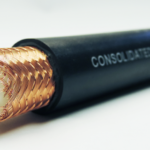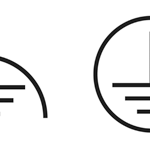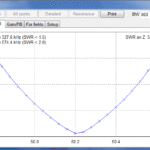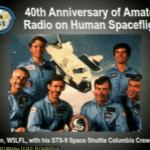By Chip Coker KD4C
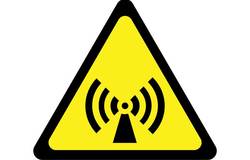
By now, you may have seen or heard that the FCC published a change to their regulations in December 2019 that changes the Rules on RF Exposure evaluations. In short, in the past the Amateur Service had been exempt from having to perform an RF Exposure evaluation on Amateur Radio stations and equipment. The December 2019 Report & Order eleimnated that catagorical exemption for the Amateur Service and adopted a 2 year period for compliance. That 2 year period is coming due in December of this year and the rules will go into effect. So what does it mean for us as amateurs?
“For amateurs, the major difference is the removal of the categorical exclusion,” Greg Lapin, N9GL, chair of the ARRL RF Safety Committee and a member of the FCC Technological Advisory Council (TAC). said, “which means that every ham will be required to perform some sort of calculation, either to determine if they qualify for an exemption or must perform a full-fledged exposure assessment. For hams who previously performed exposure assessments on their stations, there is nothing more to do.”
Hams were never exempted from the FCC’s RF Exposure limits,. which are designed to protect people against harmful radiation. But we weren’t required to perform the evaluations to determine if our equipment complied with those limits! Now we have to perform such an evaluation, and theoretically take action if something is non-compliant with the limits.
“Ham stations previously excluded from performing environmental evaluations will have until May 3, 2023, to perform these. After May 3, 2021, any new stations or any existing station modified in a way that’s likely to change its RFE profile — such as different antenna or placement or greater power — will need to conduct an evaluation before being put into service,” Lapin said.
The December 2019 RF Report and Order changes the methods that many radio services use to determine and achieve compliance with FCC limits on human exposure to RF electromagnetic fields. The FCC also modified the process for determining whether a particular device or deployment is exempt from a more thorough analysis by replacing a service-specific list of transmitters, facilities, and operations for which evaluation is required with new streamlined formula-based criteria. The R&O also addressed how to perform evaluations where the exemption does not apply, and how to mitigate exposure.
Amateur radio licensees will have to determine whether any existing facilities previously excluded under the old rules now qualify for an exemption under the new rules. Most will, but some may not.
To make this easy for amateurs, ARRL now provides an RF exposure calculator on its RF Exposure page. To use the calculator, enter your transmit peak-envelope power (PEP) and operating mode, and answer the questions about the maximum amount of time you might be transmitting. The calculator will give you the minimum distance people must be from your antenna and human exposure. You can print the results and keep them in your station records.
Areas of concern: Other than standing next to your shack’s 20kW full legal limit + 10dB amplifier, the biggest concerns (shocker) are HTs. Transmitting on a 5w HT on 70cm while it’s held next to your face exceeds the RF Exposure limits. This is not a big surprise, since the reason that the FCC changed posture on these regulations was fallout from 800MHz cellular service and concerns about RF Exposure from the cell phone handsets next to your face. Best bet for HTs is to use a speaker-mic and keep the HT body at least one foot from your head (or use an external antenna), or keep the HT on low power.
-…-
Resources to help understand RF Exposure evaluations:
- ARRL has an RF Safety page on its website and it contains lots of resources to understand RF Exposure and the new evaluation rules.
- ARRL has prepared an RF-exposure FAQ to help hams understand the new rules.
- RF Exposure and You is available for free download from ARRL. “The FCC did not change any of the underlying rules applicable to amateur station evaluations,” ARRL Laboratory Manager Ed Hare, W1RFI said. “The sections of the book on how to perform routine station evaluations are still valid and usable, especially the many charts of common antennas at different heights.”
- RF Exposure calculator: http://www.arrl.org/rf-exposure-calculator
- ARRL has a related video released on YouTube.

